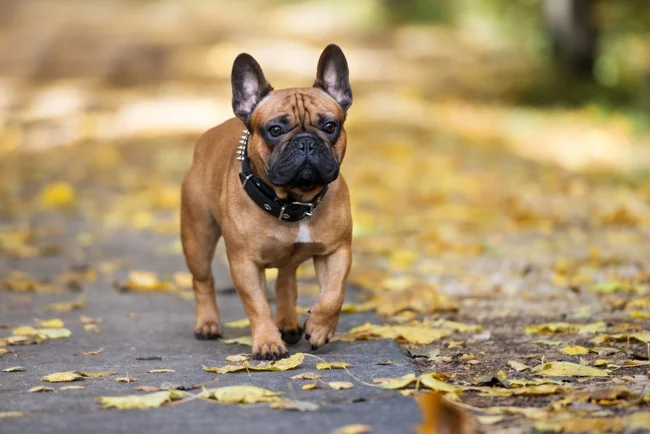Causes of redness of the whites of the eyes in a French bulldog (3 photos)
Representatives of this breed have a very expressive look, but at the same time require special care. Why do French Bulldogs have red eyes, and what could a red eyeball in this dog indicate? 
The bulldog's eyes are his calling card. According to the breed standard, they should be round, convex, and widely spaced. When looking straight on, the eyeballs should not be visible. But this specificity implies special vulnerability to external factors and diseases. So, during a walk, dust and grains of sand easily get into the eyes of dogs, causing lacrimation and redness. An animal can easily injure its eye with a twig or blade of grass. Even a strong wind can provoke irritation, which can cause your pet to cry and purulent discharge to accumulate in the corners of the eyes. 
Another fairly common reason is an allergic reaction and a small amount of shampoo getting on the mucous membrane during hygiene procedures. Due to the specific features, it is important to clean the dog’s eyes after a walk, removing accumulated secretions with a napkin.
When redness is a reason to contact the veterinarian 
If lacrimation bothers the dog, he refuses to eat, becomes lethargic and apathetic, and redness of the eyes is accompanied by fever, cloudiness, and discharge (especially purulent), then you should not hesitate to visit the veterinarian.
Excessive lacrimation and redness can be caused by inversion of the eyelid or eyelashes, irritation, blockage of the tear ducts, complicated by the action of a fungus or bacterial infection.
The specialist will prescribe therapy and, if necessary, additional tests if we are talking about, for example, conjunctivitis. Due to the high risk of eye injury during walks, the bulldog must be provided with the safest possible conditions to prevent injury. You should monitor the strength and direction of the wind, eliminate drafts in the house and when transporting in a car.
To avoid irritation, do not use any chemicals to clean the eyes; use only water and a napkin or special preparations prescribed by your veterinarian.


